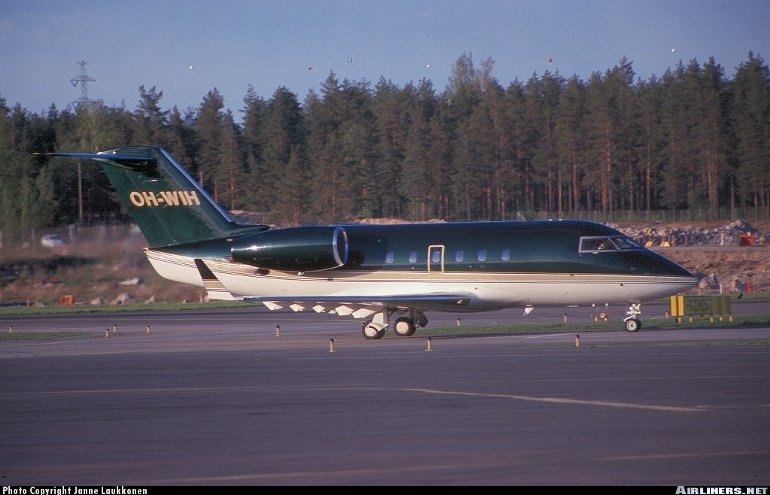Aircraft Technical Data
Canadair CL-600 Challenger 600

| Details | |
| Country of Origin | Canada |
| Type | Medium to long range widebody corporate jet |
| History | The Canadair CL-600 Challenger had a troubled early history but formed the basis for what became a very successful business jet family. In 1976 Canadair purchased the exclusive production, development and marketing rights to an all new business jet developed by Learjet designer Bill Lear. Known as the LearStar 600, this design was first conceived in 1974. Notable for its large size cabin, the LearStar promised long range and good operating economics and was also one of the first aircraft to be designed with a supercritical wing. Lear initially planned that the LearStar would be a trijet, but the design had evolved to become a twin by the time Canadair purchased the rights. As the CL-600 Challenger, Canadair launched development of the LearStar design on October 29 1976 with 53 firm orders. Canadair made a small number of changes to the design including repositioning the horizontal tailplane to the top of the fin rather than on the fuselage. Three development Challengers were built, the first of which flew for the first time on November 8 1978, the others flying in March and July the following year. However the first aircraft crashed in a deep stall accident and while certification was granted in August 1980, temporary restrictions limited maximum takeoff weight to 14,970kg (33,000lb) and maximum speed to 587km/h (317kt), with flight into known icing conditions and the use of thrust reversers prohibited. A major weight and drag reduction program pared back the Challenger's weight, improving range. The addition of General Electric CF-34 turbofans as options to the Challenger 601 (described separately under Bombardier), further addressed performance shortfalls and overcame problems with the ALF-502 turbofan. One version that failed to see the light of day was the Challenger 610E, which would have featured a fuselage stretch allowing seating for 24 passengers, but Canadair suspended development in 1981. Production of the 600 ceased in 1983, having switched to the much improved 601. |
| Powerplants | Two 33.6kN (7500lb) Avco Lycoming ALF-502L turbofans. |
| Performance | Max speed 904km/h (488kt), max cruising speed 890km/h (480kt), long range cruising speed 800km/h (432kt). Max operating altitude 45,000ft. Range with reserves (later build aircraft) 6300km (3402nm), or 5925km (3200nm) (earlier build aircraft). |
| Weights | Early build aircraft - Operating empty 10,353kg (22,825lb), max takeoff 18,325kg (40,400lb). Later build aircraft - Empty 8369kg (18,450lb), operating empty 10,285kg (22,675lb), max takeoff 18,201kg (40,125lb). |
| Dimensions | Wing span 18.85m (61ft 10in), length 20.85m (68ft 5in), height 6.30m (20ft 8in). Wing area 41.8m2 (450sq ft). |
| Capacity | Flightcrew of two. Various customer seating options including 14, 15, 17 or 18 passenger configurations |
| Production | 83 Challenger 600 were built between 1978 and 1983. Production of the Challenger continues as the 601, described separately. |
| Related Links | Canadair CL-600 Challenger 600 |
The backbone of this section is from the The International Directory of Civil Aircraft by Gerard Frawley and used with permission. To get your own copy of the book click here. |
|








